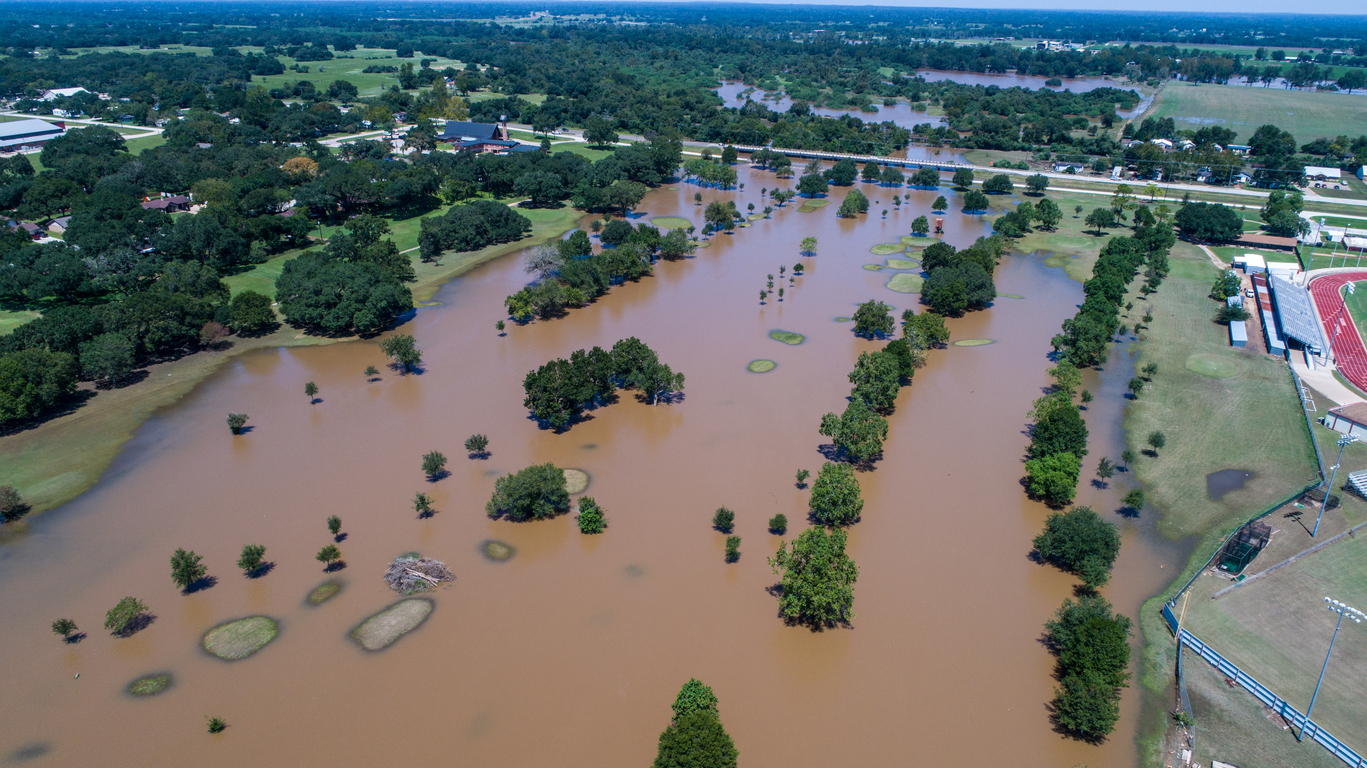The unprecedented sequence of storms and fires forced Federal Emergency Management Agency staff to jump from one disaster to another and in some cases use uncertified workers to fill key roles.
“They were 30% understaffed when Harvey hit,” said Chris Currie, director of emergency management issues at the Government Accountability Office, which wrote Tuesday’s report. “By the time Maria hit Puerto Rico, they were down to the bottom of the barrel.”
Indeed, workers were most challenged in Puerto Rico. The U.S. territory’s stock of emergency supplies had already been depleted in responding to Irma there and in the U.S. Virgin Islands, when Maria hit, taking out cellphone towers and destroying the power grid.
That created logistical difficulties for already-exhausted aid workers, who struggled to get necessary supplies where they needed to go. As of April, FEMA had marked $12 billion in disaster aid related to Maria.
FEMA didn’t immediately respond to a request for comment.
Tuesday’s report comes on the heels of an academic study commissioned by Puerto Rico’s governor and released last week that put the death toll on the island from Maria at nearly 3,000. That is magnitudes higher than the original official count of 64, and more than double some estimates from previous academic studies and media organizations.
Overall, the National Oceanic and Atmospheric Administration estimates that weather and climate-related disasters caused more than $300 billion in damages in 2017, making it the costliest year on record.
The three hurricanes combined caused $265 billion in damages, putting them each among the top five most costly hurricanes recorded, according to a July report from FEMA. The storms, coupled with some of the worst wildfires in California history, affected tens of millions of people.
Harvey inundated parts of the greater Houston area with as much as 51 inches of rain, causing record-setting floods, and leaving widespread damage in its wake that some residents and communities are still working to fix.
Irma swept through next, leaving 15 million without power and prompting one of the largest grid restoration challenges in U.S. history.
Then came Maria, which ravaged Puerto Rico last September, knocking out the island’s power grid, leveling homes and businesses, and killing thousands.
Wildfires scorched swaths of California just a few months later. In all, nearly 506,000 acres burned in the state in 2017, according to the California Department of Forestry and Fire Protection, or Cal Fire. A large portion of that damage occurred in October, when many deadly, wind-driven wildfires swept across California’s Wine Country, killing more than 40, and damaging or destroying around 21,000 homes and 2,800 businesses.
Meanwhile, 2018’s fire season has proven worse. More than 876,400 acres have burned in California since the beginning of the year, according Cal Fire. That includes an inferno known as the Mendocino Complex, which became the largest in state history after scorching 451,388 acres.
The smoke from those fires, combined with ash from blazes in five other Western states and Canada’s British Columbia, has created clouds of choking smog far beyond where the fires are burning.














